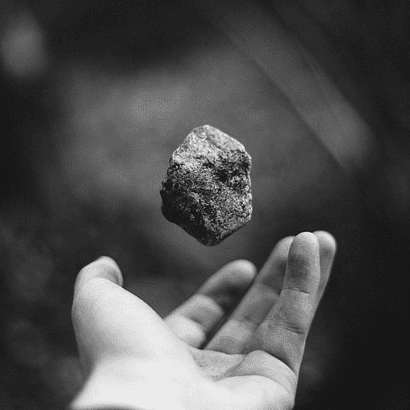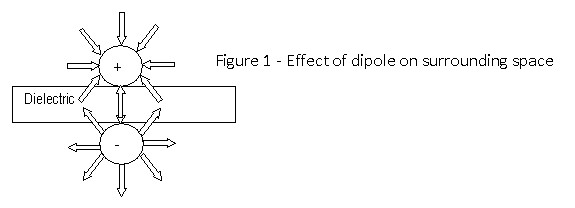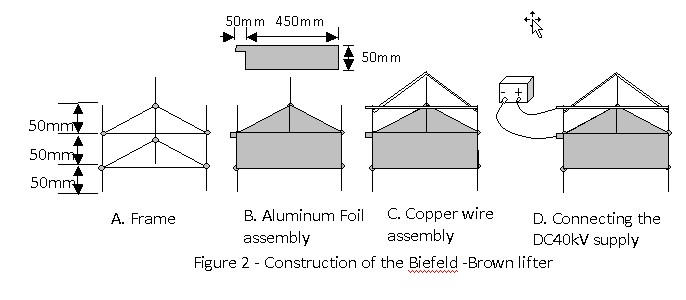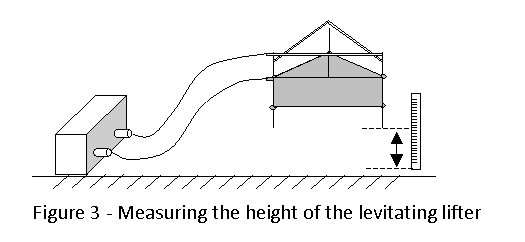Overview
Biefeld- Brown effect
Dr Alfred Biefeld (1867 - 1943) discovered"antigravity" in the 1920s by experimenting with high voltage capacitors. His student, Mr.Townsend Brown, did further research on this subject. The result of their combined work is called the Biefeld-Brown effect.
Although the actual explanation is a little more complicated, simply put, their work suggests that when two poles are separated by a dielectric, with one pole having a positive charge and the other with a negative charge, and the voltage between them is more than 30 kilovolts, there will be a tendency towards the positive pole. Hence, if the system is placed with the positive pole on the top and the negative pole at the bottom, and the appropriate voltage (> 30kV) is applied, the system will start to "float".
A positive pole and a negative pole both generate an electric field and also a small gravity field. The gravity fields of a positive pole and a negative pole are opposite in direction. The positive pole is convergent and pulls the surrounding space inwards, whereas the negative pole is divergent and pushes out the surrounding space as shown in figure 1. When the poles are separated by the dielectric material, the gravity field inside the medium is cancelled out. However on the outside of the medium, the positive pole is"pulling" the space in and the negative pole is"pushing" the space out. This results in the dipole moving towards the direction of the positive pole.
Scientific Terms
Beifeld-Brown effect, capacitors, dipole, dielectric, electric field, gravity field
Conclusion
Research into antigravity and the Beifeld-Brown effects can lead to new technologies for more efficient and environmentally friendly transportation systems. With the possibility of frictionless motion, fuel consumption would lessen and travel times will be greatly reduced.
Also consider
The experiment can be repeated using different voltages, i.e. 35kV, 45kV, etc.
Try to repeat the experiment to see how the height of levitation changes if small amounts of weight are placed on the lifter.
Related videos
Hey there! Here are some awesome videos about this science project that we think you'll really like. They're not only super fun, but they'll also help you learn more about the science behind the project. So sit back, relax, and get ready to have some fun!!




